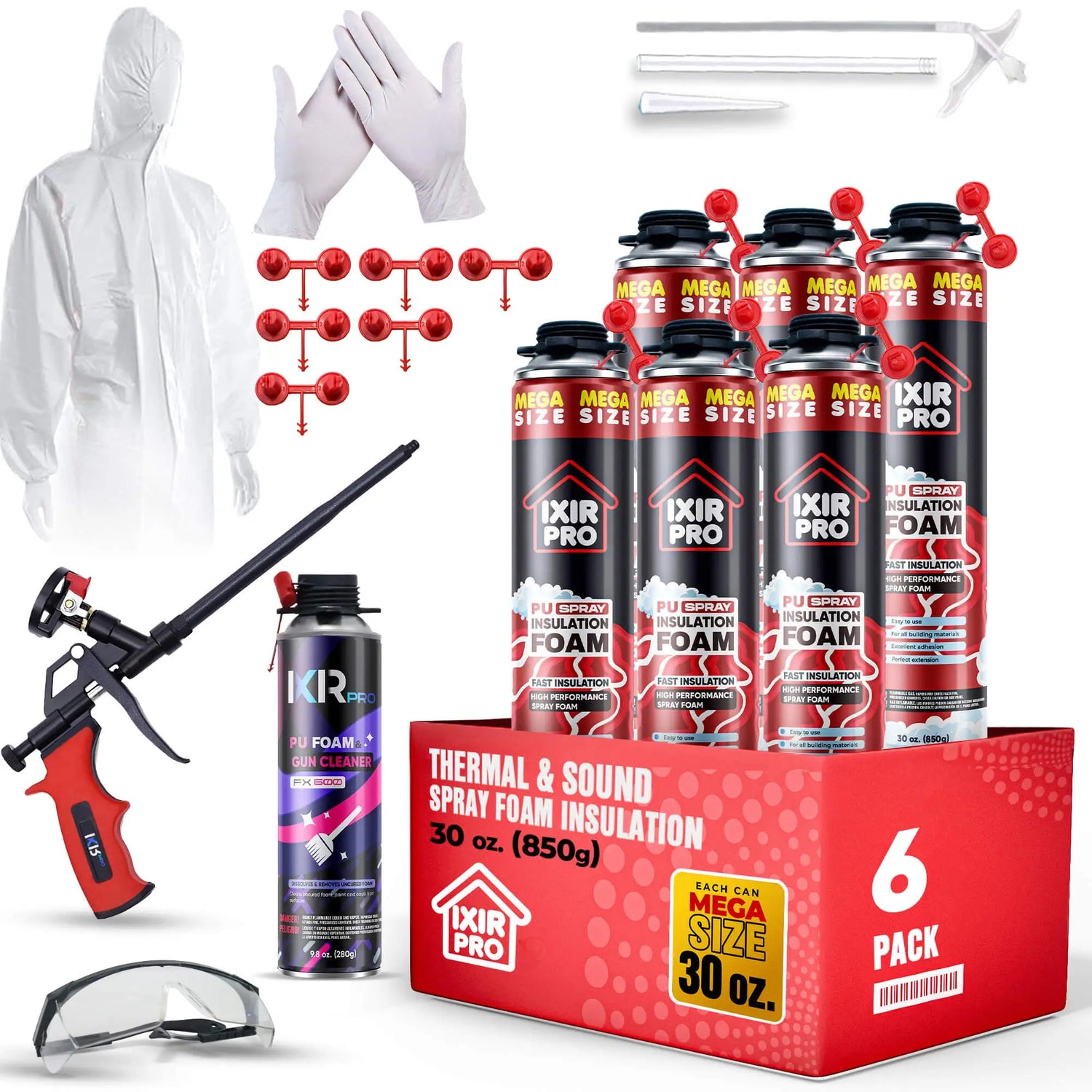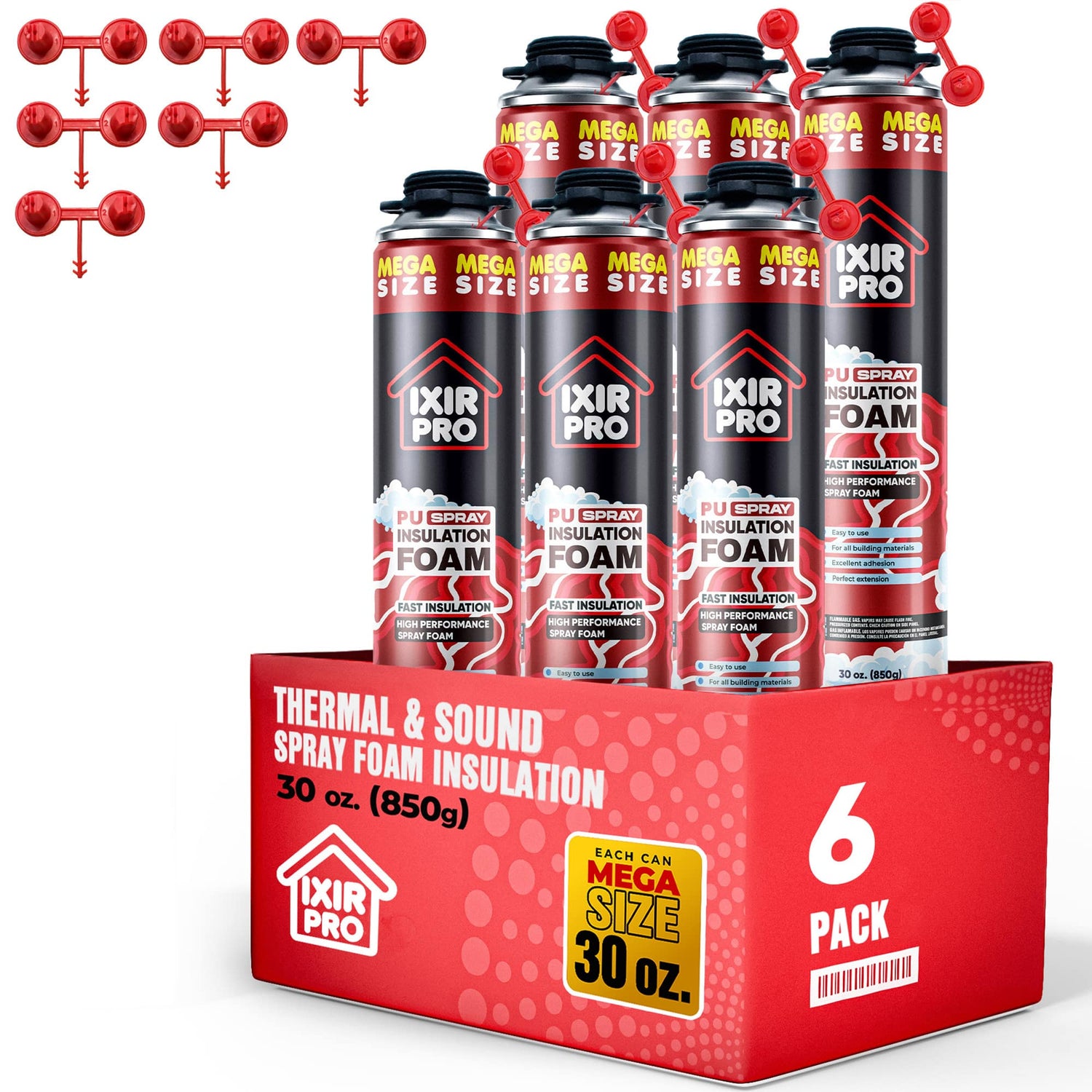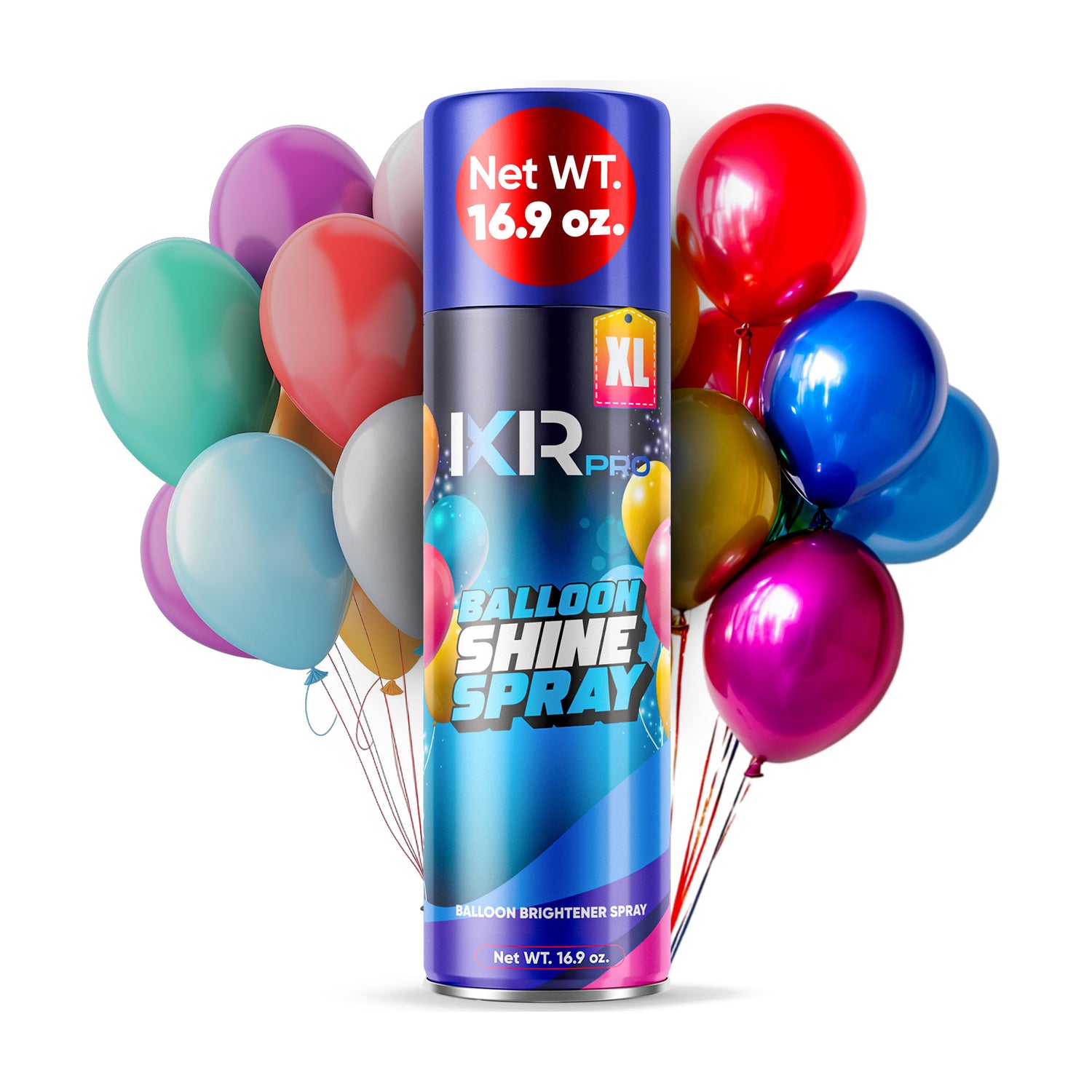Recreational vehicle (RV) travel offers freedom and adventure, but without proper insulation, extreme temperatures can make your trips uncomfortable. Whether you're braving freezing winters or sweltering summers, insulation is the key to transforming your RV into a cozy, efficient, and durable living space.
In this guide, we’ll explore the most effective types of RV insulation, why closed-cell spray foam insulation kits are the top choice for modern RV owners, and how to insulate different components of your vehicle. From DIY spray foam insulation kits to professional spray foam insulation kits for RV walls, roofs, and underbellies—this post has everything you need.
Why RV Insulation Matters More Than Ever
Factory-installed RV insulation often falls short in climates with harsh weather conditions. Poor insulation leads to:
-
Uncomfortable interior temperatures
-
Condensation and mold issues
-
Higher energy consumption
-
Increased wear on HVAC systems
To combat these issues, RV owners are increasingly turning to spray foam insulation kits to reinforce and upgrade their insulation systems. Products like self spray foam insulation kits and whole house spray foam insulation kits are becoming popular even in RV applications due to their performance and ease of use.
Common RV Insulation Options Compared
Let’s briefly examine the most common insulation materials and how they compare to spray foam:
| Material | R-Value per Inch | Water Resistance | Application Complexity | Durability |
|---|---|---|---|---|
| Fiberglass | R-3.5 – R-4.0 | Poor | Easy | Low |
| Rigid Foam Board (XPS) | R-5.0 | Good | Moderate | Medium |
| Reflective Foil | R-1.0 – R-2.0* | Good | Easy | Low |
| Spray Foam Insulation | R-5.2 – R-5.6 | Excellent | Moderate (DIY & Pro) | High |
*Reflective foil doesn’t insulate through thickness but by reflecting radiant heat.

Why Spray Foam Wins:
Spray polyurethane foam (SPF), especially closed-cell foam, offers superior R-value, acts as a vapor barrier, and creates an airtight seal that prevents drafts and water intrusion. This makes it perfect for RV walls, ceilings, floors, and even underbellies.
How to Insulate Your RV with Spray Foam
You can use both disposable spray foam insulation kits and professional-grade products, depending on your budget and project scale. Let’s break down where and how to apply spray foam insulation in your RV.
1. RV Walls
Spray foam insulation kits for walls expand to fill every nook and cranny, eliminating air gaps and thermal bridging. Use a spray foam wall insulation kit and apply directly to the inner wall cavities.
2. RV Roof & Ceiling
Use a spray foam insulation kit for roof areas to prevent solar heat gain. Closed spray foam insulation kits offer excellent rigidity and moisture resistance—ideal for the ceiling where condensation commonly forms.
3. RV Underbelly
For optimal year-round protection, apply a spray foam insulation kit for attic or undercarriage use. Closed-cell foam is especially beneficial here for moisture control and rigidity.
4. RV Windows & Doors
Use small spray foam insulation kits to seal gaps around window and door frames. This reduces drafts and boosts HVAC efficiency.

Cost of Insulating an RV with Spray Foam
Spray foam insulation kit prices vary by size and coverage:
-
Small spray foam insulation kits (for window/door gaps): ~$50–$100
-
Large spray foam insulation kits (for walls, floors): ~$200–$600
-
Whole house spray foam insulation kit (covers entire RV): ~$700–$1,500
DIY spray foam insulation kits offer a great cost-saving opportunity for RV owners who want to handle the project themselves.
Benefits of Using Spray Foam Insulation in RVs
✅ High R-Value: Closed-cell kits offer R-6.5–R-7 per inch
✅ Moisture Resistant: Prevents mold and protects structure
✅ Air Sealing: Stops drafts, pests, and dust infiltration
✅ Durability: Long-lasting and rigid once cured
✅ Energy Efficient: Reduces heating/cooling costs on the road
Whether you use a spray foam insulation kit for attic-style overhead spaces or a van insulation spray foam gun kit, the efficiency boost is immediate.
FAQs
1. What type of spray foam is best for RV insulation?
Closed-cell spray foam is best due to its high R-value, rigidity, and moisture resistance. It’s ideal for RV walls, floors, and ceilings.
2. Can I use DIY spray foam insulation kits in my RV?
Yes! There are many DIY polyurethane spray foam insulation kits and spray foam insulation kits for beginners. They're perfect for small to medium-sized RV projects.
3. Will spray foam insulation reduce noise in my RV?
Yes, especially when applied to the underbelly and wall cavities. It acts as a sound barrier and minimizes road noise.
4. Is spray foam safe to use in tight RV spaces?
Once cured, spray foam is inert and safe. Use appropriate ventilation during installation, and follow all safety instructions.
5. How long does spray foam insulation last in an RV?
High-quality spray foam insulation can last 20–30 years or more with proper installation and care.
Final Thoughts
Upgrading your RV with spray foam insulation isn’t just about comfort—it’s about efficiency, safety, and extending the life of your vehicle. Whether you're heading into the mountains in winter or traveling across hot desert highways, a spray foam insulation professional kit or spray foam diy insulation kit can drastically improve your RV experience.
Looking to insulate your RV today? Check out our full range of spray foam insulation kits—from small projects to large area applications.




















































































